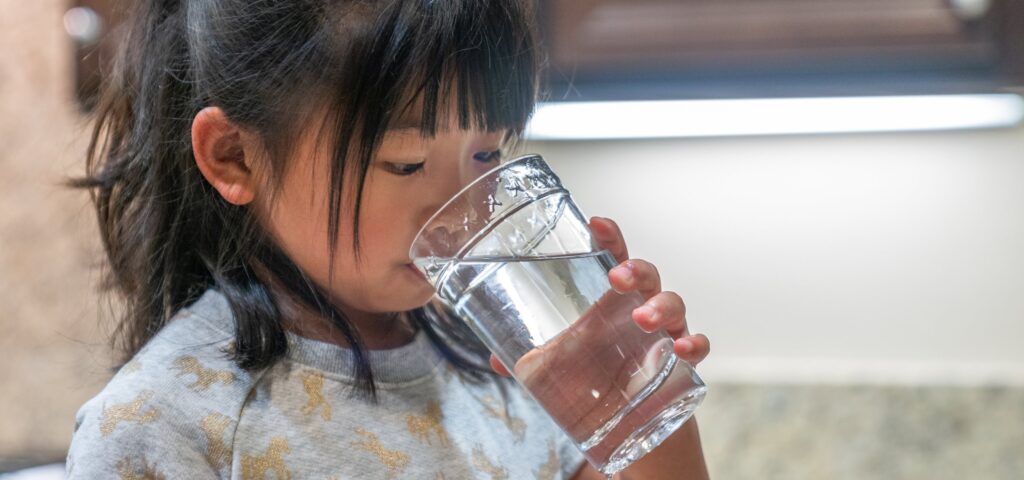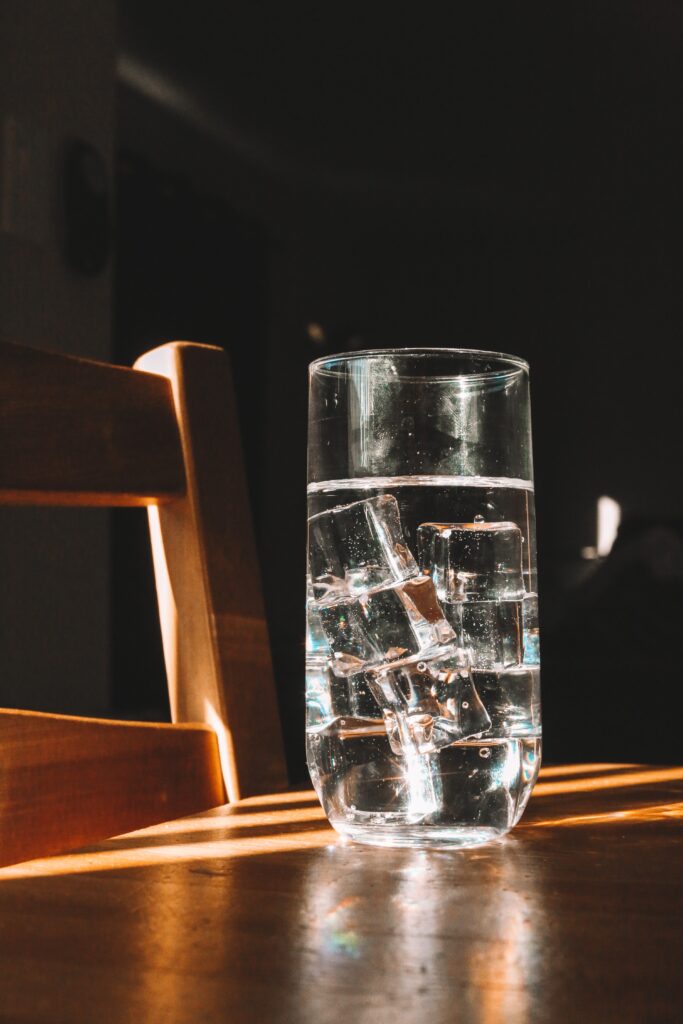A $35-billion measure to purify the United States’ water systems passed overwhelmingly in the Senate. The 89-to-2 vote is evidence that lawmakers in both parties support infrastructure initiatives. Now that the bill has passed in the senate, it will go to the House of Representatives.
“We’re trying to work in a bipartisan way whenever we can – and this bill is a classic example,” said Senate majority leader Chuck Schumer of New York. “It doesn’t mean that we’ll be able to do the whole thing bipartisan, but we’ll do as much as we can.”
The newly approved legislation would authorize funding to repair and support the water supply throughout the United States. Those that have long been neglected, such as people who reside in rural and tribal communities, also suffer from poor sanitation and unclean drinking water. Lead pipes would be removed from schools, and infrastructure would be updated to be more resilient to the impacts of severe weather and global warming.
“I don’t want to overplay it, but I think it’s definitely a major positive,” said Senator Shelley Moore Capito, Republican from West Virginia.
According to policy experts, environmentalists, and urban planners, the subsidies toward America’s deteriorating water systems is way past due. A 2018 study examined 30 years of data and found that as many as 10 percent of communities have poor water systems (health-based violations), which affect roughly 45 million people yearly. Moreover, over two million United States residents do not have access to drinking water or sanitation services, according to a 2019 report compiled by the United States Water Alliance.
The Safe Drinking Water Act and the Clean Water Act were both accepted in the 1970s, but federal investment has drastically declined. In 1977, capital spending in the water sector was at 63 percent versus nine percent in 2017.
Senator Tammy Duckworth of Illinois introduced the new Drinking Water and Wastewater Infrastructure Act. She said, “Access to clean water is a human right. Every American deserves access to clean water no matter the color of their skin of the size of their income.”
Reynolds Water Conditioning was established in 1931 and is Michigan’s oldest water conditioning treatment company. Still owned and operated by the Reynolds family, we take pride in providing the highest quality products at a cost-effective price. If your tap water lacks the quality you deserve, contact us today at www.reynoldswater.com or call 800-572-9575.
Written by the digital marketing staff at Creative Programs & Systems: www.cpsmi.com.


